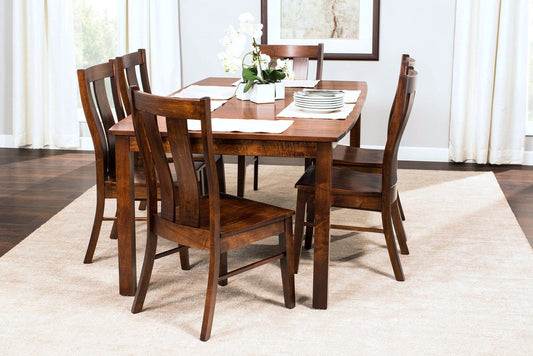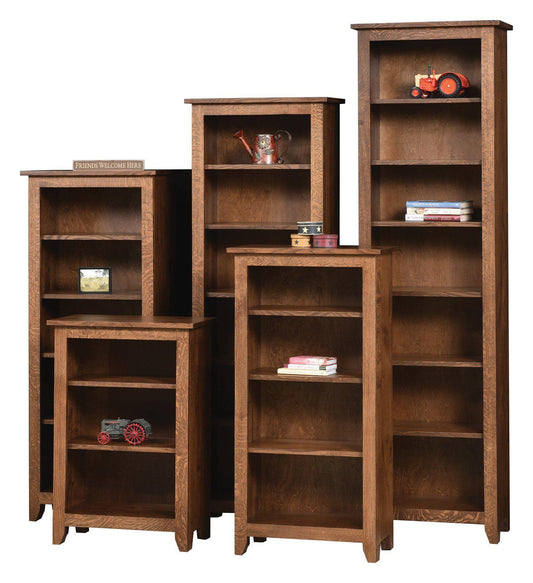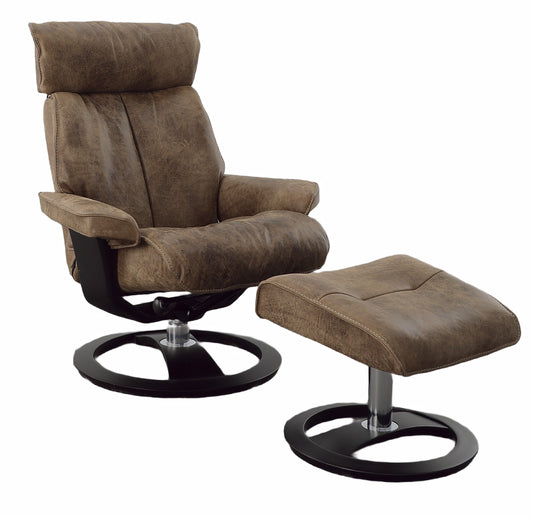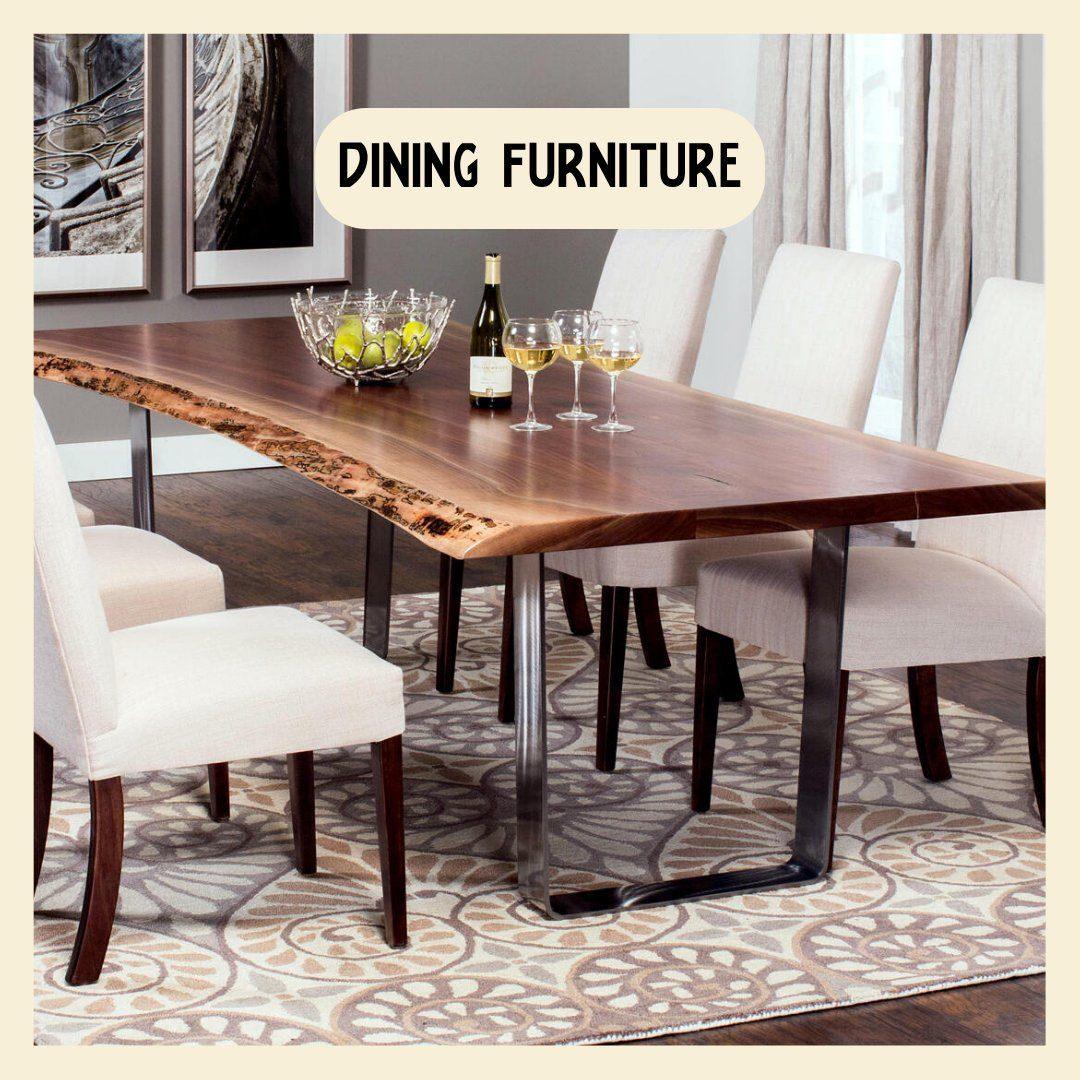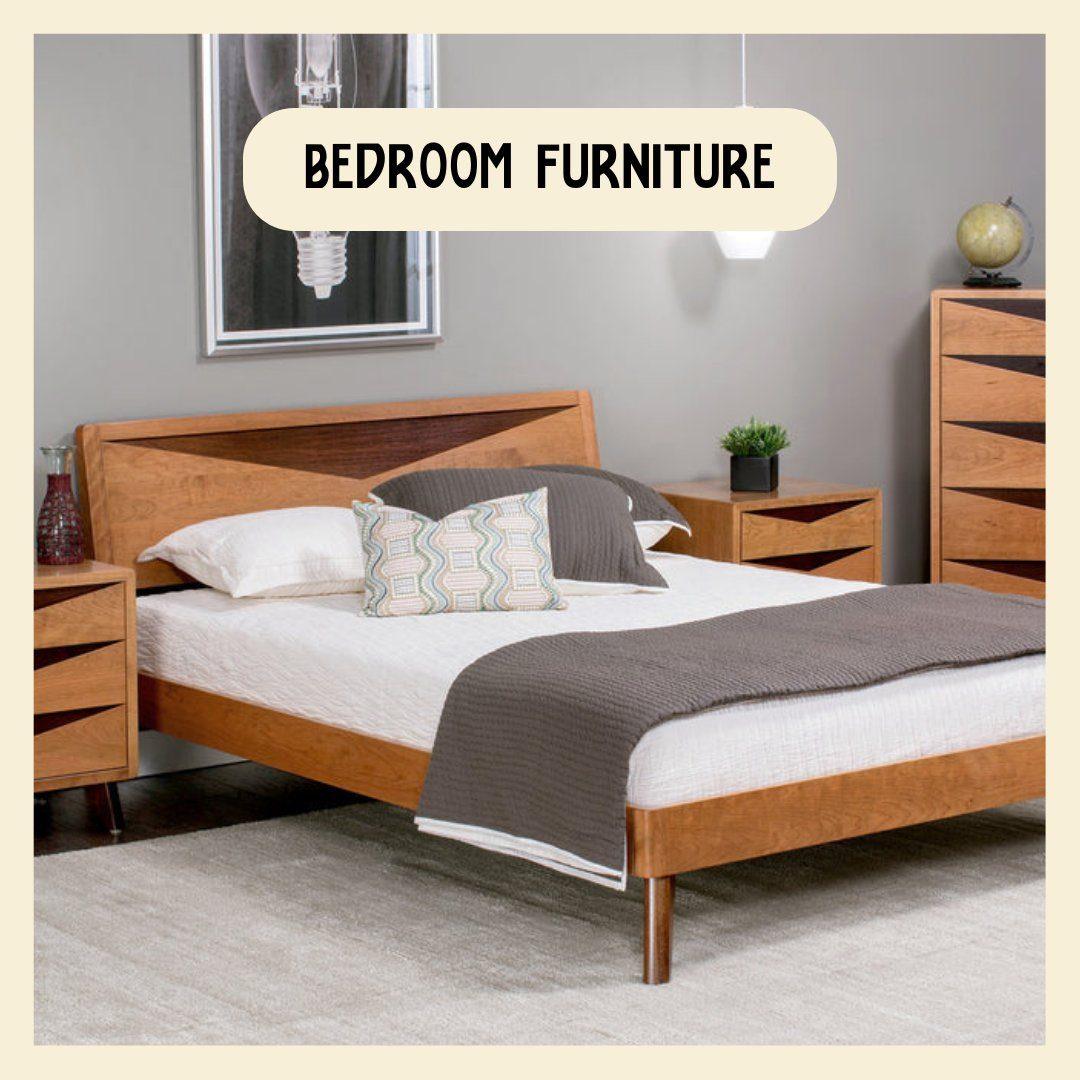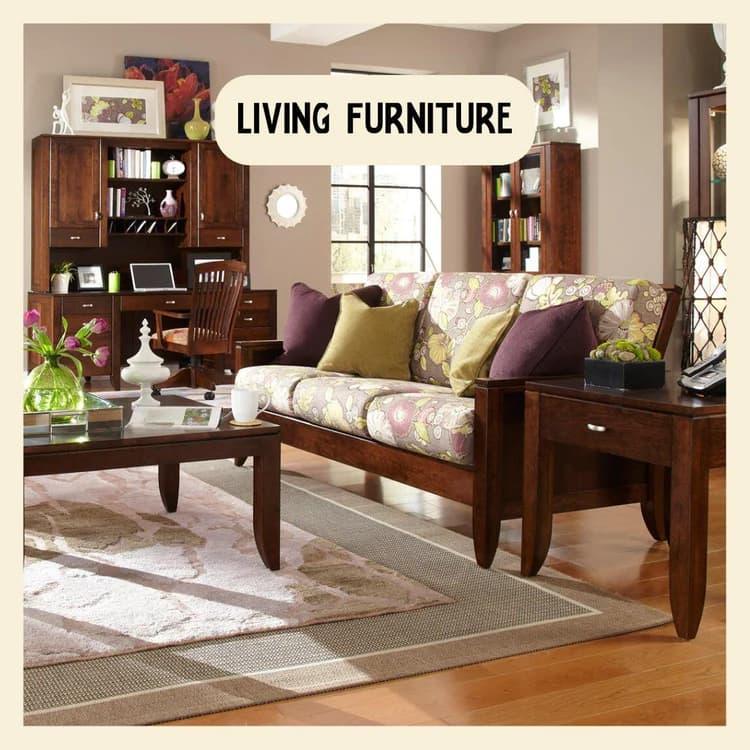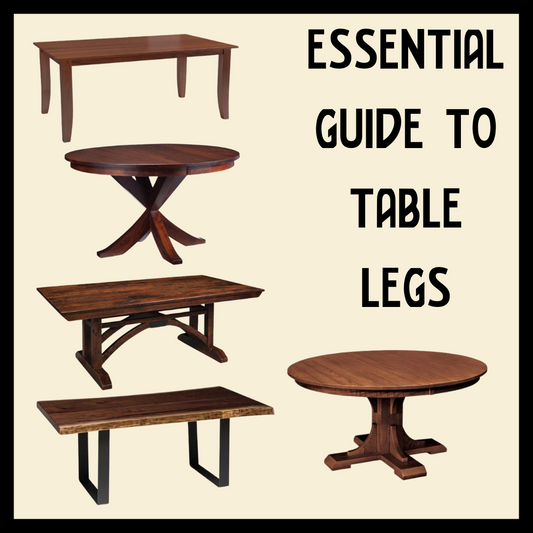The Craftsmans of America: Chicago
With a personality rooted in quality design and craftsmanship, simplicity and timelessness it’s no wonder we are obsessed with the Craftsman home. In this series, we explore a number of notable Craftsman neighborhoods across the country.

A midwest megacity nestled snugly against Lake Michigan, Chicago is known for skyscrapers, deep dish pizza, baseball, the Magnificent Mile and, of course, its architecture. Many famous architectural styles found their calling in Chicago. The city sprang to life in the mid-1800s and found itself reborn after the great fire of 1871 that destroyed much of the city. The Craftsman style was one of these, and was the first architectural style to spread in the US from the west to the east, the pattern having been the opposite in the years since Colonial times.
In this melting pot of architectural inspiration, you can visit the Craftsman-centric neighborhood of Beverly-Morgan Park or stroll among Frank Lloyd Wright’s iconic Prairie style homes in Oak Park. Check out a Colonial neighborhood like Winnetka north of the city like the one made famous in Home Alone, or scope out an estimated 80,000 bungalows in what the city has coined the “bungalow belt” surrounding downtown.
The Craftsman History of Chicago
Even as far as two thousand miles from the Craftsman homes popping up along the California coastline, Chicago capitalized on a unique benefit that helped it enter into the craze - it printed the style’s magazines.
House Beautiful, Inland Architect and Western Architect, all magazines focused on the popular style, were being published in the midwestern city giving residents a first-hand look at its popularity. The Craftsman style, and the ideology it stood for - emphasizing natural materials with a high level of craftsmanship - was easily adopted by a number of local artists, architects and builders.
Craftsman homes were built initially in the Beverly-Morgan Park neighborhood of Chicago because it was outside the Chicago Loop in a wooded respite where builders and homeowners could really feel like they were part of nature. But as the population boomed in the early 1900’s, smaller bungalows featuring Craftsman designs - overhanging eaves, front and side dormers, and long, deep porches - were built closer to the city so that the growing middle class could afford them. Many were built from kits ordered out of catalogs.
In case you didn’t know - Ohio has the largest number of Sears kit homes in the U.S. followed closely by Illinois!

Around the same time the Craftsman boom hit Chicago, Frank Lloyd Wright was putting his mark on the city when he constructed a modest 3-bedroom Shingle style home in the western suburb of Oak Park. It didn’t stay small for long as his family grew and expansions became necessary. Through the 1890s and the first decade of the 1900s, Frank Lloyd Wright designed dozens of structures in the prominent neighborhood as he worked to define his famous Prairie School style synonymous with his name.

Frank Lloyd Wright Home and Studio, Photo by Bernt Rostad on Flickr
Featured Neighborhood: Beverly-Morgan Park
South of the city lies the suburb of Beverly-Morgan Park, known today as the “Village in the City.” In the early 20th Century it brought quiet from the noise of downtown Chicago; a place where residents could feel like they were farther away from it than they actually were. Even though the amount of suburbs have grown in the years since, encroaching on its early vision as a wooded respite, it has kept its historic charm and unique spirit.

Craftsman architecture was born from the English Arts and Crafts Movement with an emphasis on natural materials and quality craftsmanship. Beverly-Morgan Park provided the perfect backdrop for these homes that harmonized with their natural surroundings, were fashionable in design and proudly displayed broad porches meant to join the interior of the home with the exterior.
Most of the genuine Craftsman homes in the neighborhood were built as bungalows - Craftsman detailing combined with one to one-and-a-half stories. But you can also find examples of larger, more stately Craftsmans reminiscent of those built by Greene & Greene in California.
While there is a good concentration of Craftsmans in the neighborhood, you can also find examples of everything from Gothic Revival to Modern with a large number of Prairie style mixed in. If you’re in the area and interested in a self-guided walking tour, this site provides more information (and a printable PDF!)
The Chicago Bungalow Belt
Starting to the south of the city, heading to the west and curving to the north, this arc, also known as the Bungalow Belt, has one of the highest concentrations of Craftsman style bungalow homes in America. Linking diverse neighborhoods, somewhere around 80,000 bungalows were built during the 1910s and 1920s. At the time of construction, this arc opening towards the lake was at the edge of the city and the homes checked the boxes of attractive, affordable and close to downtown.

As the Great Depression hit, bungalow construction stopped. When it picked back up, building styles had changed, with the “frozen in time” belt of Craftsmans remaining intact.
Here are some interesting facts about the bungalows of Chicago:
Chicago bungalows are constructed of all brick.
- Most areas of the city were limited to stone or brick construction after the Chicago Fire of 1871.
- Colder climates (than those of Southern California) meant a need for more durable, insulated and permanent materials.
- There was a massive regional brick industry booming nearby!
Metallic stained glass windows are unique to Chicago.
- Double-sided gold mirror elements in these windows known as angel gilding, are beautiful and distinctive to Chicago.
- They reflect light on both the interior and exterior of the home.
The window bay is a distinct feature of the Chicago bungalow’s front façade.
- Architects and builders wanted to showcase the craftsman detailing by featuring one of four front bay forms: flat, square, polygonal or curved.

Construction costs were between $5,000 and $7,500 to build.
- They were then sold for $8,000 to $9,000.
- Try out the inflation calculator to see what that means in today's prices!
Bungalows in Chicago were built on skinny lots.
- Long and skinny lots meant there was typically less than 20 feet of width for the whole house.
- Newer subdivisions with larger lots popping up in the 1920s meant the homes could expand to about 25 feet.

Large radiators still seen in many bungalows and Craftsmans today were designed in response to a pandemic.
- The Spanish Flu of 1918-1919 saw health officials asking that residents leave their windows cracked year-round to allow for fresh air.
- To accommodate even the coldest of days, these radiators had to be large and were placed below windows to create a thermal barrier where the hot air would rise and prevent the sinking cold air coming in from moving beyond the radiator.

If you’re interested in more Chicago bungalow history, facts and figures, there’s an entire organization dedicated to these vintage beauties called the Chicago Bungalow Association.
—
Can’t get enough? Check out our Craftsman neighborhood feature on Pasadena and stay tuned for more!


